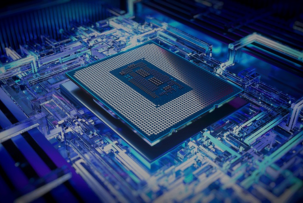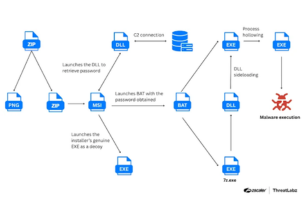Cracks in the Data: Western Digital Probes Failing SMR Drives
15:03, 31.10.2025
Western Digital has launched an internal investigation after data recovery experts uncovered serious issues with its older hard drives. The affected models include WD Blue and WD Red drives ranging from 2 to 6 terabytes, built with SMR (Shingled Magnetic Recording) technology and released around 2020. The company said it is reviewing detailed reports from the German data recovery firm 030 Datenrettung Berlin GmbH to understand the scale of the problem.
The warning signs appeared when technicians began noticing a high rate of drive failures. In some cases, the disks not only lost data but suffered physical damage. Earlier, Western Digital faced a class-action lawsuit for using SMR in consumer drives without properly disclosing it. The case ended with a $2.7 million settlement.
The Risk Behind the Layers
SMR technology overlaps data tracks on magnetic platters, much like roof shingles. This method increases capacity by up to 25 percent but sacrifices stability. When data is rewritten, overlapping tracks can cause wear, slowdowns, or corruption. These issues have plagued certain storage systems such as ZFS and RAID for years.
Experts now point to specific WD models — WD0EZAZ, WD0EDAZ, and WD*0EFAX — as the most vulnerable. These drives, found in many home servers and NAS setups, show unusually high failure rates. Western Digital confirmed that the Purple series and larger-capacity SMR drives are unaffected.
What Users Should Know
Anyone using these WD drives from 2020 onward should check their hardware and back up important files. One early warning sign is a loud clicking or grinding sound from the spinning platters — a clear signal that the drive may be failing.


